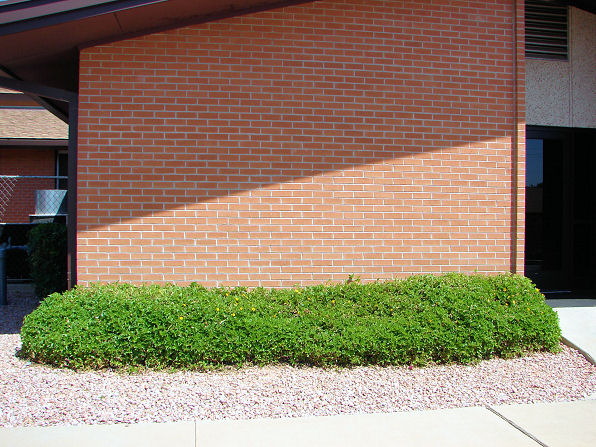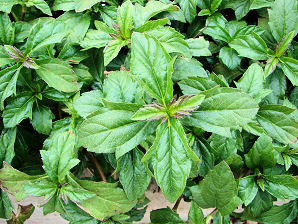Xeriscape Landscaping Plants For The Arizona Desert Environment.
Pictures, Photos, Information, Descriptions,
Images, & Reviews.
Groundcovers.
Yellow Dots, Sphagneticola trilobata.
We Are Proud Of Our SafeSurf Rating!
Click On Any Of The Following Links By Amazon.Com
For Books, & Videos About Wildflowers Of Arizona & The Southwest USA. No Obligation!
 |
| Yellow Dots, Sphagneticola trilobata Groundcover. Glendale, Arizona. April 17, 2008. |
|---|
| Yellow Dots, Sphagneticola trilobata Groundcover. Glendale, Arizona. April 17, 2008. |
| Yellow Dots Flowers. Sphagneticola trilobata. | Yellow Dots Groundcover. Sphagneticola trilobata. |
|---|---|
 |  |
| Yellow Dots Leaves. Sphagneticola trilobata. | Yellow Dots Leaf. Sphagneticola trilobata. |
 /
/

Yellow Dots.
We wish to thank Wikipedia, the free encyclopedia for some of the information on this page. We share images and information with Wikipedia. Yellow Dots is a tropical perennial, with deepley lobed fleshy leaves, growing up to 10 inch tall, spreading like a mat; it makes a dense cover. It blossoms profusely; the flowers are orange - yellow. Sphagneticola trilobata has a very wide ecological tolerance range, and seems to be equally suited to dry and moist sites. Although it seems to prefer and do best in sunny sites, it survives very well in shady sites. It grows well on almost all soil types, including bare limestone and nutrient poor sandy beaches and swampy or waterlogged soils. It is tolerant to inundation and high levels of salinity. Plant in frost free areas, will be killed by frost but root hardy & comes back in the spring.
Quick Notes:
Height: Height about 18 inches. Spreading about 3 feet. Forms roots where stems touch soil.
Flowers: About 1" yellow - orange flowers resembling marigolds or zinnias, they have 3-notched rays and yellow disks.which are borne singly on the end of each stem. The ray florets often up to 8 - 13 per head.
Flowering Time: April - October.
Leaves: Green, ovate, and usually 3 lobed.
Found: Ice Plant is native to Native to Mexico, South America, West Indies. We see it throughout lower elevations in Arizona as a landscape plant. The USDA claims it is native to the USA (FL, HI, LA), USA+ (PR, VI).
Hardiness:
Soil pH requirements:
Sun Exposure:
Elevation: 0 to 2,900 feet In Arizona. In its native tropical habitats, it is usually between 2,296 to 4,265 feet.
Habitat: Well-drained, but moist, sandy, poor to moderately fertile soils. Agricultural areas, coastland, natural forests, planted forests, range/grasslands, riparian zones, ruderal/disturbed, scrub/shrublands, urban areas. A Xeriscape Landscape plant.
Miscellaneous: Photos Taken; February 24, 2008. Glendale, Arizona. An ideal xeriscape landscape plant at low elevations in Arizona.
|



We Are Proud Of Our SafeSurf Rating!
Click On Any Of The Following Links By Amazon.Com
For Books, & Videos About Xerioscape Plants Of Arizona & The Southwest USA. No Obligation!
Back To Arizona Xeriscape Landscaping Main Page.
Back To Xeriscape Groundcovers Page Two.
Back To Arizona Wild Flowers Home Page
Back To DeLange Home Page
© 1966 - Present, Audrey, Eve, & George DeLange
| © 1966 - Present, Audrey, Eve, & George DeLange |


